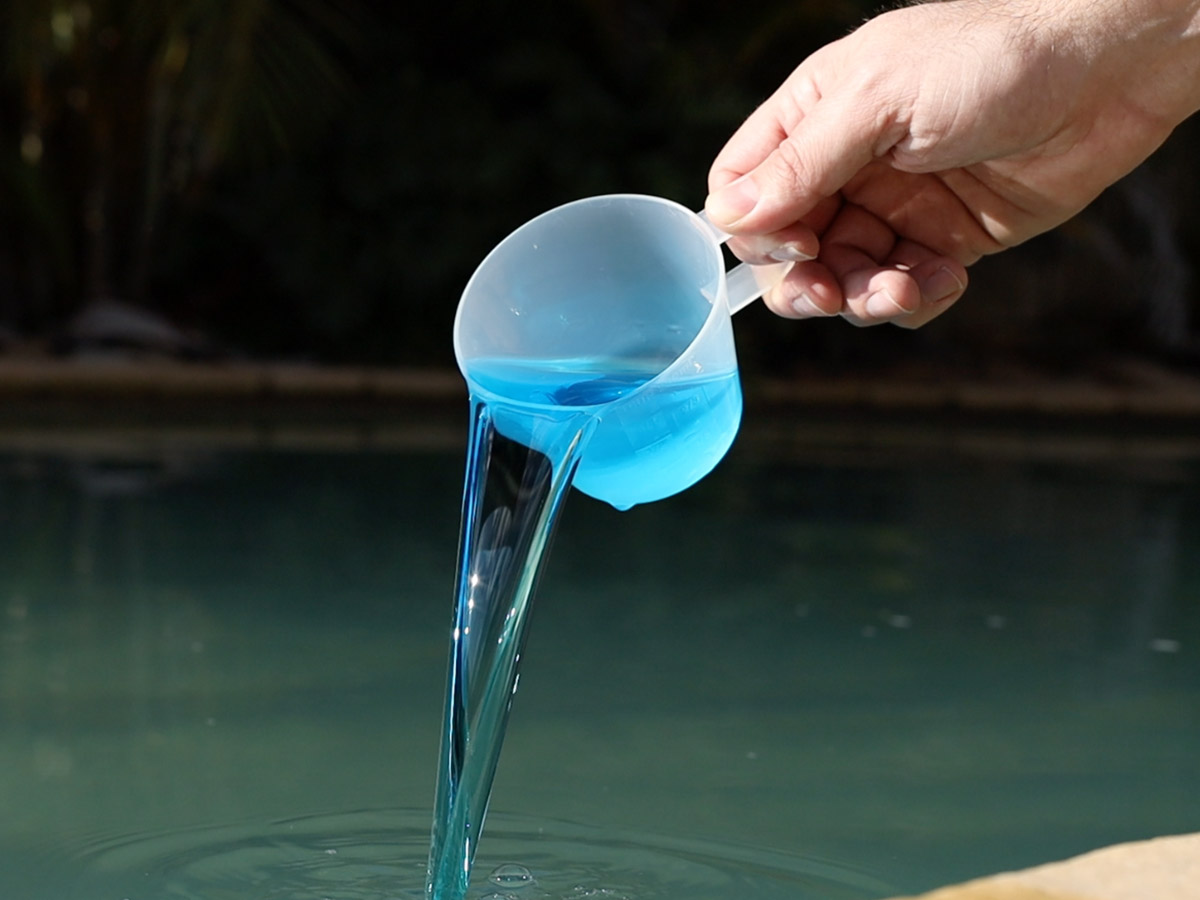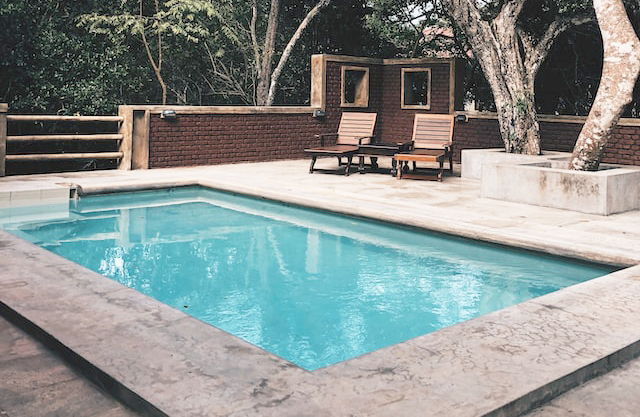Backyard Outfitters Blog
Free pool advice and tips

How to Raise pH in a Swimming Pool
Maintaining the proper pH level in your swimming pool is crucial to ensuring a clean and healthy swimming environment. If the pH level is too low, the water can become acidic and cause skin and eye irritation. On the other hand, if the pH level is too high, the water can become cloudy and lead to the formation of scale and deposits on the pool surfaces. In this blog, we will discuss how to raise the pH in a swimming pool and maintain it at the right level.
The steps to test your pool’s pH level
Step 1: Test the Water
Before adding any chemicals to your swimming pool, it’s essential to test the pH level to determine the current state of the water. You can use a pH testing kit that is available at most pool supply stores. The ideal pH range for a swimming pool is between 7.2 and 7.8. If the pH level is below 7.2, it’s considered too low and requires raising.
Step 2: Determine the Required Amount of Chemicals
The amount of chemicals required to raise the pH level of your swimming pool depends on the size of the pool and the current pH level. You can use a pool calculator to determine the amount of chemicals required. In general, to raise the pH level by 0.1 units, you will need to add 0.2 pounds of soda ash or sodium carbonate per 10,000 gallons of water.
Step 3: Add the Chemicals
To raise the pH level in your swimming pool, you will need to add either soda ash or sodium carbonate. These chemicals are alkaline and will help to neutralize the acidity in the water. You can add the chemicals directly to the pool water, but it’s better to dilute them first by dissolving them in a bucket of water. This helps to prevent any damage to the pool surface or equipment.
Step 4: Monitor the pH Level
After adding the chemicals, you should wait for at least 4 hours before retesting the pH level. If the pH level is still too low, you can repeat the process. It’s essential to monitor the pH level regularly to ensure it stays within the recommended range.
Step 5: Prevent Future pH Problems
Preventing future pH problems in your swimming pool is crucial to maintaining the right pH level. You can do this by monitoring the pH level regularly and adding chemicals as required. It’s also essential to keep the pool clean and free from debris, as organic matter can contribute to the lowering of the pH level.
In conclusion, maintaining the proper pH level in your swimming pool is essential to ensuring a clean and healthy swimming environment. By following these steps, you can easily raise the pH level in your pool and maintain it within the recommended range. Remember to always handle chemicals with care and follow the manufacturer’s instructions.

How many gallons of water are in a swimming pool?
Knowing how many gallons of water are in your swimming pool is essential for many reasons, including chemical treatment, filtration, and maintenance. To calculate the number of gallons in your pool, you need to measure the pool’s dimensions and use a formula to estimate the volume. The formula for calculating the volume of a rectangular or square pool is Length x Width x Average Depth x 7.5. For a circular or round pool, the formula is Diameter x Diameter x Average Depth x 5.9.
For example, suppose you have a rectangular pool that is 20 feet long, 10 feet wide, and has an average depth of 5 feet. The calculation would be as follows:
20 feet (Length) x 10 feet (Width) x 5 feet (Average Depth) x 7.5 = 7,500 gallons
Similarly, if you have a circular pool that is 20 feet in diameter and has an average depth of 5 feet, the calculation would be:
20 feet (Diameter) x 20 feet (Diameter) x 5 feet (Average Depth) x 5.9 = 11,780 gallons
It’s important to note that these formulas provide an estimate of the pool’s volume, and the actual number of gallons may vary slightly based on factors such as the pool’s shape, depth, and the water level. It’s always a good idea to measure the actual water level in the pool and make adjustments to the estimated volume accordingly.
In conclusion, knowing the number of gallons in your swimming pool is important for maintaining proper chemical treatment and filtration. By using the appropriate formula to estimate the pool’s volume, you can ensure that you have a clean and healthy swimming environment for you and your family to enjoy.






